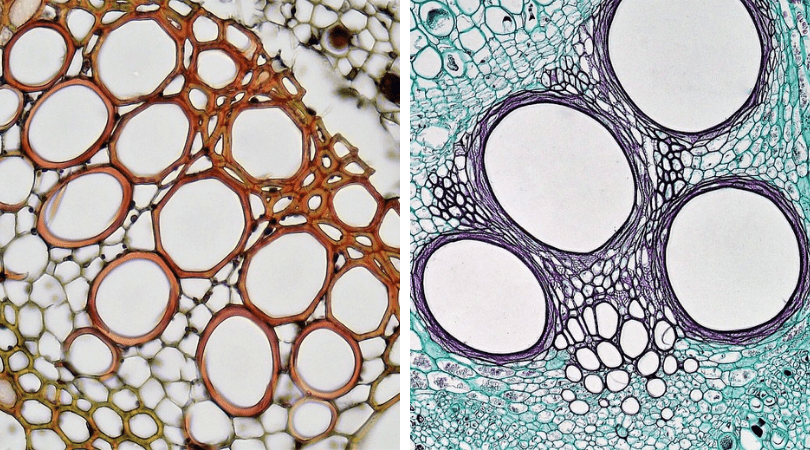Around the world, wildlife and humans alike are facing major challenges for survival. One of our severe challenges is that over 700 million people lack basic access to safe water. Bacteria, viruses, and parasites that live in water infect humans every day and are often fatal. In a study published in PLOS ONE by affiliates in the Department of Mechanical Engineering at M.I.T., they found that xylem in plants themselves can filter water. Xylem is a plant tissue that facilitates water flow from the root and also forms the stem. Currently, there are many common forms of water filtration including UW-disinfection, boiling, or chlorination, but creating xylem filters could potentially be an inexpensive and biodegradable way to slow the spread of waterborne diseases.
The pores of xylem are roughly 3 to 500 nanometers (nm) wide. For some perspective, a human hair is roughly 60,000 nm thick which is about 120 times larger than the maximum size for one of these pores. This is why it is a great candidate for filtering out pathogens. Scientists removed the bark of pine tree branches and inserted the tissue into a tube. Deionized water dyed with red pigment was pushed through the filter to see if the dye would be filtered out and the same thing was done with inactivated E. coli bacteria. Both the dye and the bacteria were found trapped in the first few millimeters of the filter. They found that xylem has excellent rejection of particles larger than 100nm and catches almost 100% of particles over 150nm.
This method of filtration needs to be further explored. Creating practical pressure heads, preserving tissue, and finding the best plant species are all obstacles to the application of xylem filters, but there is potential for hyper-local water filtration to change access to clean drinking water globally.
Read the article here: Water Filtration Using Plant Xylem



Recent Comments